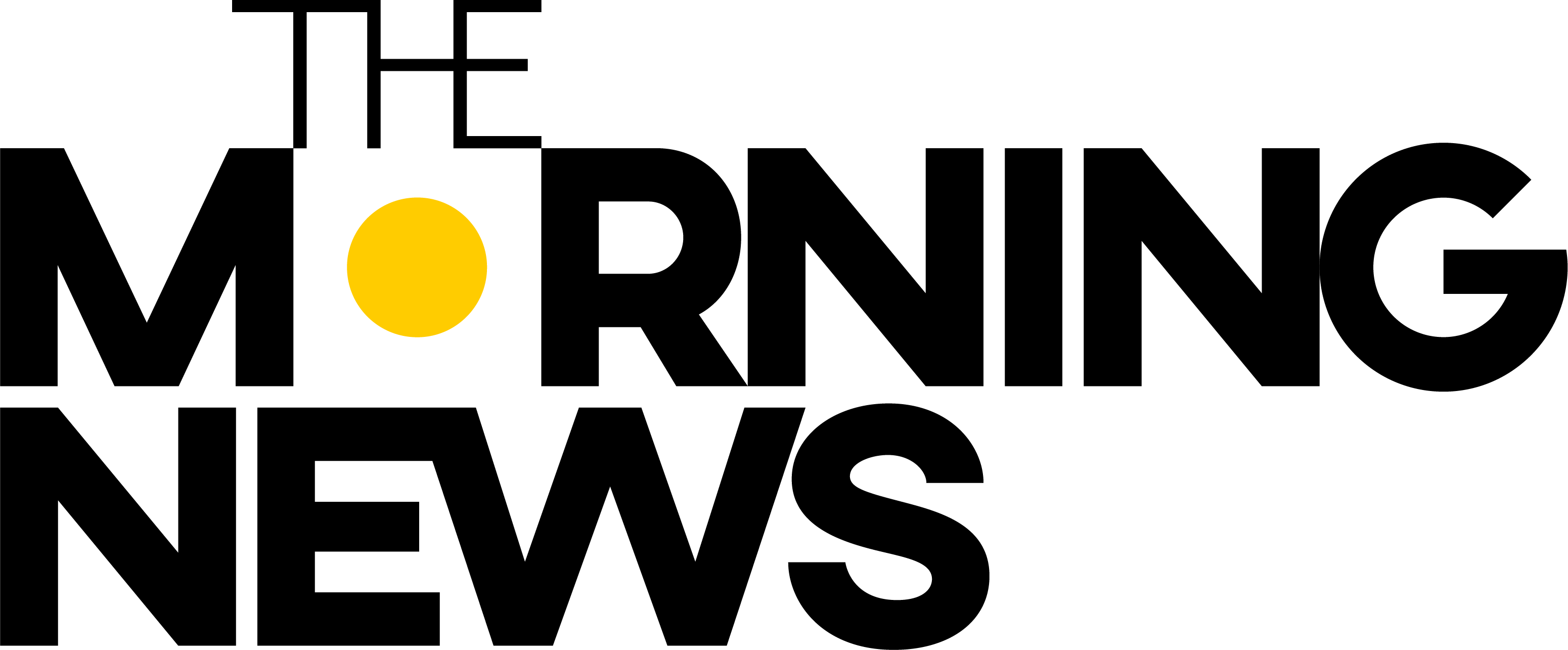Stories sell. They engage, influence, and persuade – all important goals for startups entering the market and trying to grow. But storytelling is often thought of by entrepreneurs as this mysterious and mythical beast that only the elite writers of the world of fiction have ever been able to tame.
The truth is, story is the most powerful way for humans to relate to other humans and the problems they are trying to solve. And that power is just as prevalent and just as magical in business communications as it is in selling fiction. The problem is MOST startups are missing out on using stories to make a huge impact on their audience.
5 Expert Startup Storytelling Tips
Below are 5 tips to get you thinking about your story and how you tell it a little differently as you share your product or service with the world. If your audience (potential customers, investors, media, etc.) does not know what or who they are rooting for and why they should care, well… You know the rest.
1. Lead with Conflict.
The “Elephant in the Room”, The “Dirt Under the Rug”, The “Dirty Laundry” – Your audience desires to know about these things. So many startups focus so heavily on features, benefits, value proposition, and pricing that they forget to make themselves relatable to the viewer or reader by simply saying upfront a problem exists and how they solve that problem with their offering.
A great example of this kind of storytelling is done by the Japanese car company Subaru. They are masterful about leading with conflict like, “car crashes happen all the time,” then highlighting their solution: high levels of safety features they put into their vehicles.
Pro Tip: Humans are not as complex as we think sometimes. Sharing the problem and offering a solution is a great way to seem relatable to your audience.
2. Be an Onion.
This approach is old school, and it works like a charm. Just like an onion, the startup story has many layers, yet most companies stop at the outer layer. I say, dig just one layer deeper!
You do not have to write a novel or a movie script, just make sure to go beyond the surface each time you create communication-based content for your startup. We want to know what is inside, even if it makes us cry.
Example: As a seasoned Real Estate Broker, you could go beyond sharing your credentials, revenue, and years on the job. Maybe share instead “why” you love your work so much. Is it your passion for helping first time home buyers navigate the gauntlet that is making the biggest purchase they have probably made in their life up until that point? Now, I can relate to you because I like using my professional skillset to help other people as well.
Pro Tip: Tell your story like you would if someone next to you at the bar and asked you what you do for a living, instead of like a PowerPoint presentation in a boardroom.
3. Lose The Jargon.
I have seen and worked with so many startups that have jargon laden Landing Pages, Home Pages, Welcome Videos, and Newsletters that just leave people wondering what solution they offer or what in the world they really do.
Pssst, hey startup… Talk to me like a person, explain the problem and how you solve it in clear, concise, and easy to understand language. Bonus points if you tell me a story while you do it!
Filling your landing page with Technical Terms, Acronyms, Synonyms, Superfluous, and Redundant words (see how I started losing you there?) is gratuitous and a great way to lose your audience.
Pro Tip: Construct and tell your story in the same way you would tell a 5th grader.
| “ | Your story should not just convey information and/or data to your audience. It should take them on an adventure and make them feel like part of that journey. People relate to people, so make sure there are real life characters in your stories. | “ |
4. Pattern Interrupt.
Pattern interrupt is one of the most powerful and often overlooked elements of great storytelling. This tool can be used very effectively in the outward communications of any startup company.
When companies, especially in the startup phase, are so hyper focused on the market and how they stack up next to the competition, they fall into the same patterns as the very competition they are trying to stand out from.
This is a huge disservice to the target audience you are trying to help. Be proud of who you are and remember that being different and interrupting the patterns that customers are used to seeing can earn you the attention that you deserve.
Example: If this entire article was all one font size, one color, and all one format you might not ever finish the piece. Instead we use pattern interruptions like Titles, Numbers, Different Fonts, Different Text Colors and things like “Pro Tips” to break the monotony and help your brain re-focus on the information at hand.
Pro Tip: The human brain has perfected seeing and recognizing patterns and as soon as one of those patterns is interrupted, focus must be retrained. It might as well be retrained onto you.
5. Use Story Tools to Help Get You Started.
Many story development tools were meant for “fictional” story creation. But I tell you what, they work remarkably well for “non-fiction” story development as well.
The Story Spine, which is a Disney/Pixar staple, is a great way to think about real life events and how we can capture those events in a format that humans will strongly relate to.
The Story Circle by Dan Harmon, which is a distilled version of The Hero’s Journey by Joseph Campbell, is a useful way to look at the “journey” something or someone goes through during a great story.
The Story Circle is a powerful way to look at the components that humans care about enough to follow along and even root for the hero.
Pro Tip: Another cool part of the Story Circle is that you can take almost anything along the story circle that you want – Yourself, Your Products, Your Service, and even Your Customer.
Story Is How We Communicate
Story is not just a trendy word nor a simple hack to get people to pay more attention to you. Story is ancient and powerful and has been a paramount part of the way we communicate, learn, and exist as human beings for millennia.
Story is instilled in all of us from the time we are born. If we take the time to let the importance of storytelling in startup culture sink in, our business communications and the impact we have on our audience will be tremendous.
The biggest takeaway here as a startup is that story is your best opportunity to connect with your audience, have a successful launch, and ensure continued growth. All of the things you care about for your business – Sales, Marketing, Customer Retention and Satisfaction, start in one place… Storytelling.
Pro Tip: Story is not Magic but the effects it can have on your business are.





